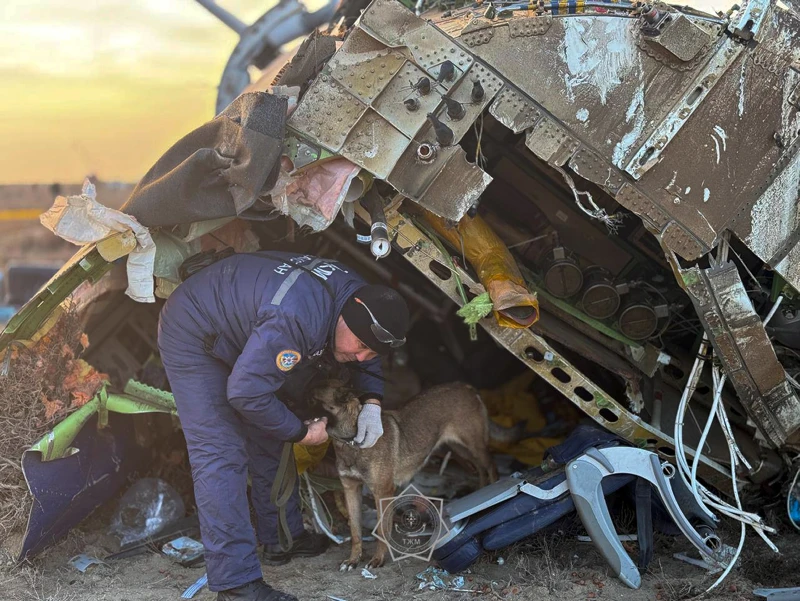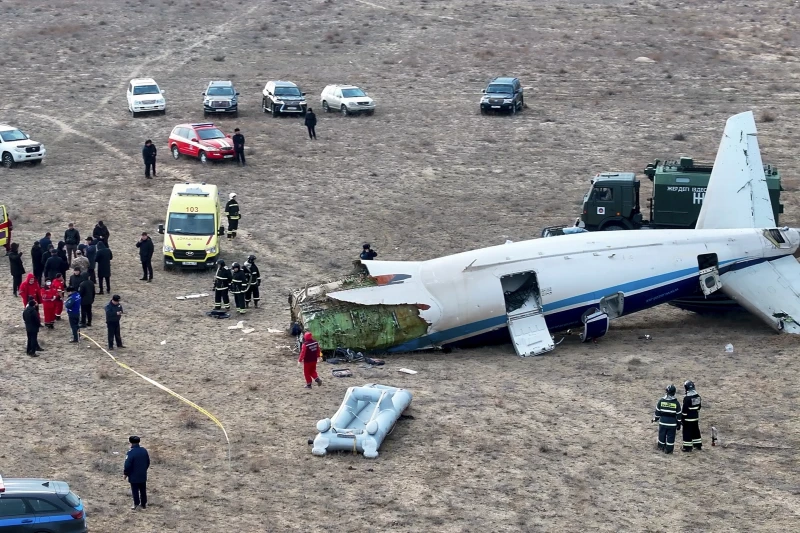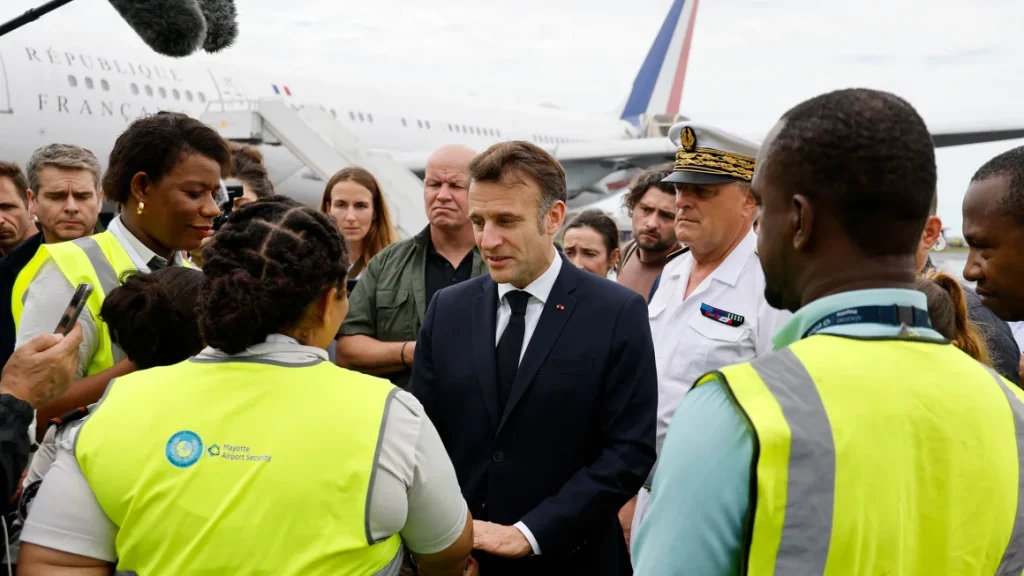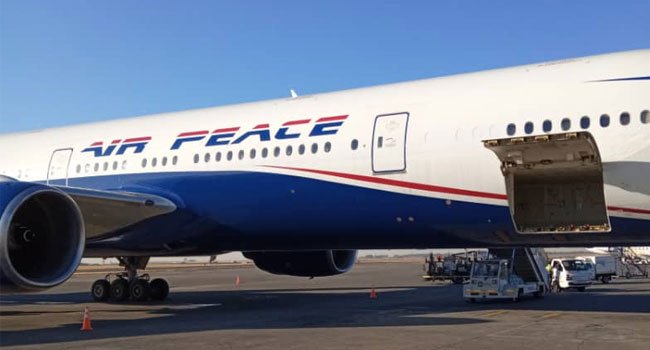South Korea conducts inspections on its B737-800 fleet after a plane crash.
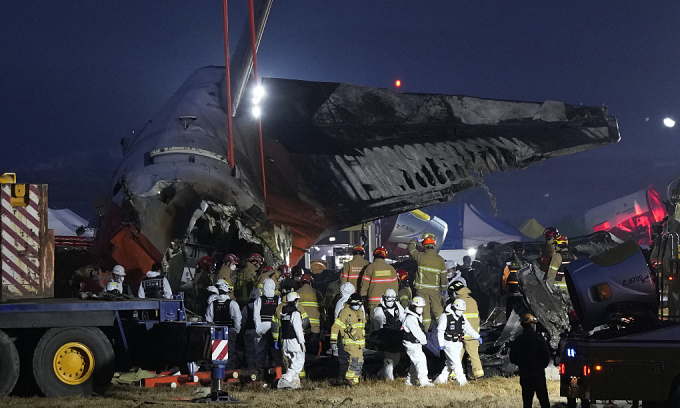
South Korea Conducts Inspections on its B737-800 Fleet Following Plane Crash
South Korea’s aviation authorities have launched an urgent inspection of the nation’s Boeing 737-800 fleet in the wake of a tragic plane crash involving one of the aircrafts. The crash, which occurred on December 29, 2024, has raised significant concerns over the safety of the popular aircraft model, prompting a reevaluation of existing protocols and a nationwide response to ensure passenger safety.
Incident Overview
The crash occurred shortly after takeoff from Seoul’s Incheon International Airport, with the Boeing 737-800 aircraft, operated by a South Korean carrier, plunging into the waters off the coast of Jeju Island. The plane was carrying 174 passengers and crew members, and while initial reports indicate that the majority of the passengers have survived, the incident resulted in multiple injuries, with several people being transported to local hospitals.
Authorities are still working to retrieve the wreckage from the sea, as investigators comb through the remains of the aircraft to determine the exact cause of the crash. Preliminary data suggests that the plane had encountered severe turbulence shortly after departure, but it is unclear if this played a direct role in the accident.
Immediate Response and Inspections
In the hours following the crash, South Korea’s Ministry of Land, Infrastructure, and Transport (MOLIT) issued a directive to the country’s domestic airlines, requiring immediate inspections of all Boeing 737-800 aircraft in service. The directive stipulates that thorough safety checks must be conducted on key aircraft components, including the engines, structural integrity, and flight control systems. These inspections are expected to last for several days, with groundings and delays likely as the checks are carried out.
The ministry has stated that the inspections will be conducted in collaboration with Boeing engineers, and will include a review of the aircraft’s maintenance history. These steps are part of an effort to identify any mechanical malfunctions or issues that may have contributed to the crash.
“This tragic event has raised serious concerns about the safety of the Boeing 737-800 fleet. We are committed to ensuring that the integrity of these aircraft is thoroughly examined, and any potential risks are identified and mitigated,” said a statement from MOLIT.
Aviation Experts Weigh In
The Boeing 737-800 is a widely used aircraft in global aviation, with over 5,000 units in service. The aircraft, a part of the Boeing 737 Next Generation series, has seen extensive use by both budget and major carriers worldwide. Despite its widespread use and a generally positive safety record, some aviation experts are concerned about the implications of the crash, especially regarding the model’s engine and flight control systems.
Professor Kim Jae-hyun, an aviation safety expert at the Korea Aerospace University, noted that while the 737-800 has a strong safety history, accidents involving modern aircraft always prompt a reassessment of safety protocols. “While it’s too early to pinpoint the cause of the crash, this incident underscores the need for constant vigilance and thorough inspections. We cannot afford to take any chances when it comes to passenger safety,” Kim said.
Previous Boeing 737-800 Incidents
While the Boeing 737-800 is generally regarded as a reliable and efficient aircraft, it has not been immune to controversy. In recent years, Boeing has faced several challenges regarding the safety of its aircraft models, particularly following the high-profile crashes involving the Boeing 737 MAX in 2018 and 2019. These incidents led to a global grounding of the 737 MAX, and a heightened focus on the company’s safety protocols.
In response to the December 29 crash, Boeing has expressed its full support for the investigation and pledged to cooperate with South Korean authorities. “We are deeply saddened by the tragic accident involving the 737-800, and our thoughts are with those affected by this incident. We are committed to working closely with the South Korean government to support the investigation and ensure that the necessary steps are taken to enhance safety,” Boeing spokesperson Sarah Williams said in a statement.
Industry Reactions
The incident has drawn attention from aviation organizations and global regulatory bodies. The International Civil Aviation Organization (ICAO) has expressed its concern over the crash and announced that it would closely monitor the investigation. “We extend our condolences to the families of those affected and stand ready to provide any support necessary to the South Korean authorities as they investigate this tragic incident,” said ICAO’s spokesperson, Vincent Lai.
In South Korea, public confidence in air travel is likely to be shaken by the incident, as the nation has experienced a period of rapid recovery in its aviation sector following the COVID-19 pandemic. Authorities are expected to provide further updates as the investigation unfolds, and public officials are calling for transparency and swift action.
Moving Forward
As South Korea continues its investigation into the Boeing 737-800 crash, the immediate focus will be on understanding the factors that led to the accident. The country’s aviation regulators are under pressure to ensure that the inspections on the remaining fleet are exhaustive and that any potential safety issues are addressed swiftly.
This incident highlights the ongoing challenges faced by the aviation industry as it seeks to balance rapid growth with the critical need for safety. While the outcome of the investigation is still pending, the event has undoubtedly reignited global discussions on the continued scrutiny of aircraft safety and the importance of rigorous, ongoing maintenance and oversight.



